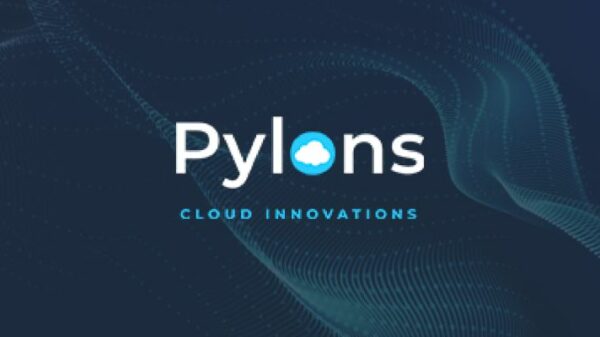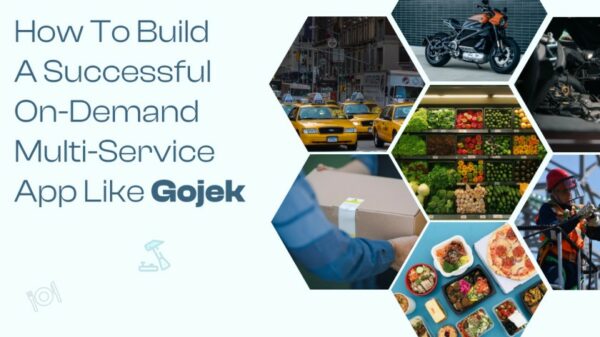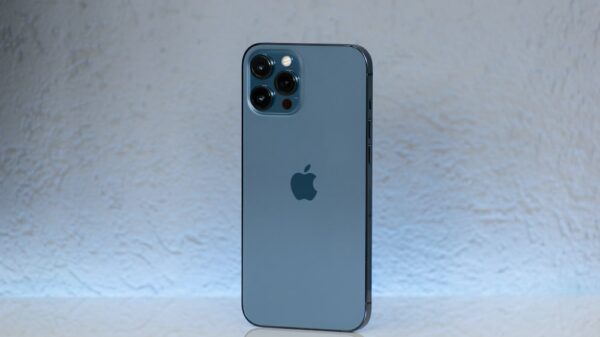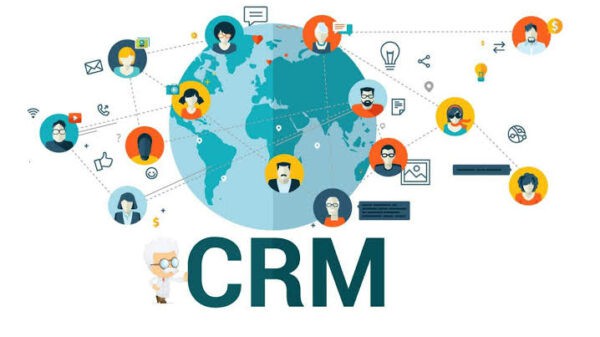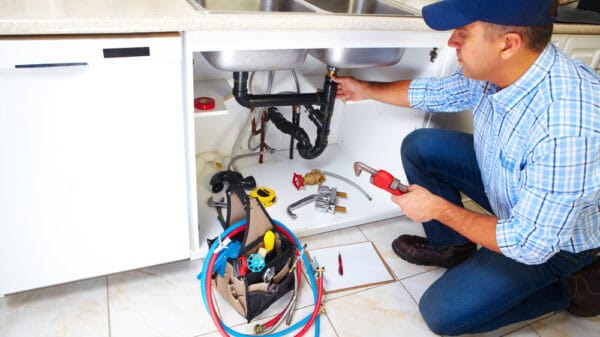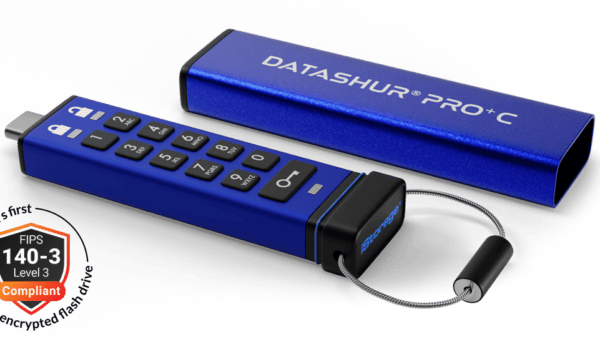Over the last decade, the internet and smart devices have ensured we stay connected all the time. This wasn’t the case however in manufacturing until recently. Some technology was still applied like satellite-connected GPS to get to work but things like data collection were done manually on whiteboards.
With the emergence of new technologies like the connected worker platform, we now have EHS 4.0.
Let’s talk about that for a minute:
What Is It Really?
EHS 4.0 also referred to as safety 4.0 is a term used to define the current state of safety technologies and processes as well as how it is progressing with digitization. One of these technologies is connected workers.
The 4.0 is a reference to industry 4.0 which is the fourth industrial revolution. Industry 4.0 encompasses things like cloud computing and the internet of things. In a nutshell, industry 4.0 is aimed at taking automation to new levels in manufacturing.
Connected Workers
In this era, new technologies are emerging to connect and support manufacturing workers. The basic idea is to integrate a worker into their environment through connective technologies. This technology goes beyond software by actively allowing the exchange of data with other machines and devices in a working system. In essence, workers are embedded within instrumented and responsive systems.
Having connectivity and support like that means a worker can do more.
Technologies Involved
It is all made possible by several technologies:
Interfaces
In this modern era, interfaces are not limited to traditional machine-human interfaces. From the textbook definition of an interface, it is the point where two systems meet. In this case, tools for interacting with manufacturing systems.
In some manufacturing plants, there are tablets on assembly benches and mobile devices in workers’ pockets. On top of that, some human-machine interfaces are capable of running complex manufacturing applications.
These interfaces allow workers to share information and interact with their surroundings in more helpful, more immersive ways.
Smart Sensors and IoT Devices
Industrial sensors have higher capabilities to communicate data in real-time. They provide a holistic overview of all industrial processes – among them, workers.
Mobile Devices
The purpose of mobile devices is to run connected worker applications just as we run normal consumer apps on our smartphones.
Wherever a worker goes, the information they need goes with them. Information could be just about anything from standard work to machine status.
Wearables
With the advancements industry, 4.0 has made, sensors have gotten smaller and more flexible – so much so that they fit directly onto the bodies of workers.
This means that workers can attach sensors to themselves sometimes onto their protective equipment. The sensors collect environmental and biometric data about worker health and performance.
Cloud and Edge Computing
Connection is made possible by these two technologies. Cloud computing eases the computation of rather heavy workloads.
Edge computing on the other hand reduces latency and improves network performance by moving tasks closer to network endpoints.
Platforms
Industry internet of things platforms are systems that connect shop floor processes with backend processes.
These platforms help engineers in designing applications for unique challenges. They make it possible to control manufacturing processes by creating new connections between devices, machines, and applications.
Use Cases in Manufacturing
Machine Monitoring and On-Machine Terminals
Machine monitoring connects engineers to the entire fleet with real-time overall equipment effectiveness and machine state dashboards. On-machine terminals let operators log critical job and machine information as issues arise.
Distributed Workforce
Standardizing performance across plants and lines is a tricky business. These connective technologies make it easier to do so maintain and manage a distributed workforce.
Process Visibility
Process visibility applications give management a clear picture of individual performance. This creates a full end-to-end picture of manufacturing processes.
Inline Quality
Connective technologies give workers all the tools they need to ensure every part that leaves the production line meets quality standards.
I am Christine Romeo, a writer and business journalist. I love to write about the latest tech innovations and business trends. I have a background in marketing and communications, so I'm especially interested in how technology is changing the way we do business. When I'm not writing, I enjoy spending time with my family and friends.










